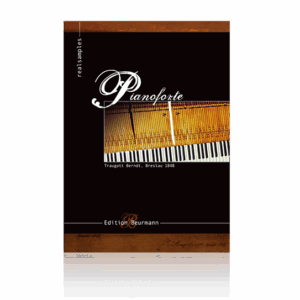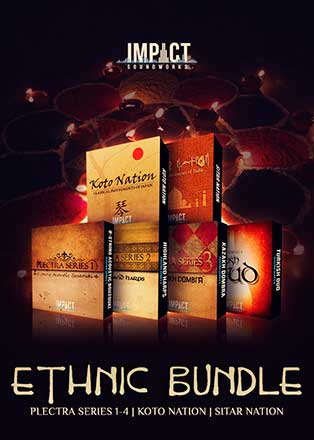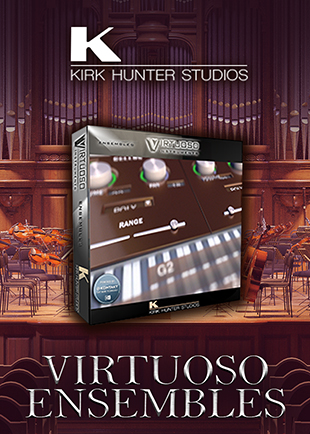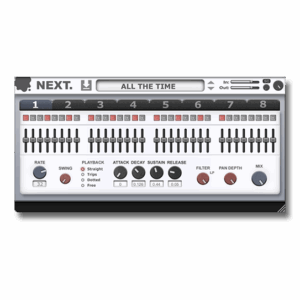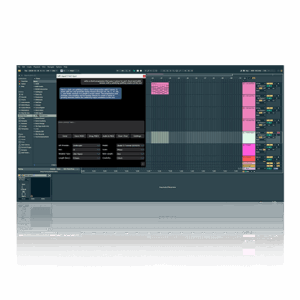Granular processing, are you using it? Wait a minute, you aren’t sure of what it is? No problem; in this article, we’ll get you up to speed with granular processing, how it can benefit you as well as some tips you can use when utilizing this crazy sound manipulation technique.
Before we can understand granular processing, we need to understand granular synthesis and what it is.
See Brian’s video below if you lack a little patience 🙂
Brian Walking You Through Some Aspects Of Fragments

What Is Granular Synthesis?
At its core, granular synthesis is a form of ‘micro sampling.’ This is taking samples and breaking them down into tiny grains. You can think of these grains as chops or slices of information, which are between 1-100ms in length.
To put this more into perspective, think about what tempered glass looks like when shattered. It breaks into tiny little squares/pieces instead of large shards.
Or, how about that scene in the Terminator, where Sarah Connor had a dream about the nuclear war, and everything turned to dust?!
Having access to these small details, the grains allow sound designers and music producers to enter a new realm of creative freedom, allowing them to create new sounds (pads, leads, drones, etc.) with intriguing textures and characteristics.
What Is Granular Processing?
Granular processing uses concepts of granular synthesis for its application of processing to the grains of existing media: Instrument samples, Vocal samples, Sound fx… Raw or controlled via MIDI.
As far as what can be done using the grains will come down to the limitations of the software you’re using to manipulate them. I personally like using eFX FRAGMENTS (from Arturia); I’ll use eFX Fragments and Fragments interchangeably throughout the article.
Arturia’s eFX FRAGMENTS: Take A Listen To What It Can Do
Fragments Features
- This plugin is a granular processing effect for audio production.
- 3 different modes for granular processing (Classic, Texture, and Rhythmic).
- Includes scale based pitch quantization
- Grain quantization with two modes transient detection and snap to grid)
- Spatializer section with 9 trajectory presets
- Two FX slots with advanced routing options
- Advanced modulation section with an envelope follower, three function generators
- Step sequencer.
- 60 Factory Presets
Features I Love Within Fragments
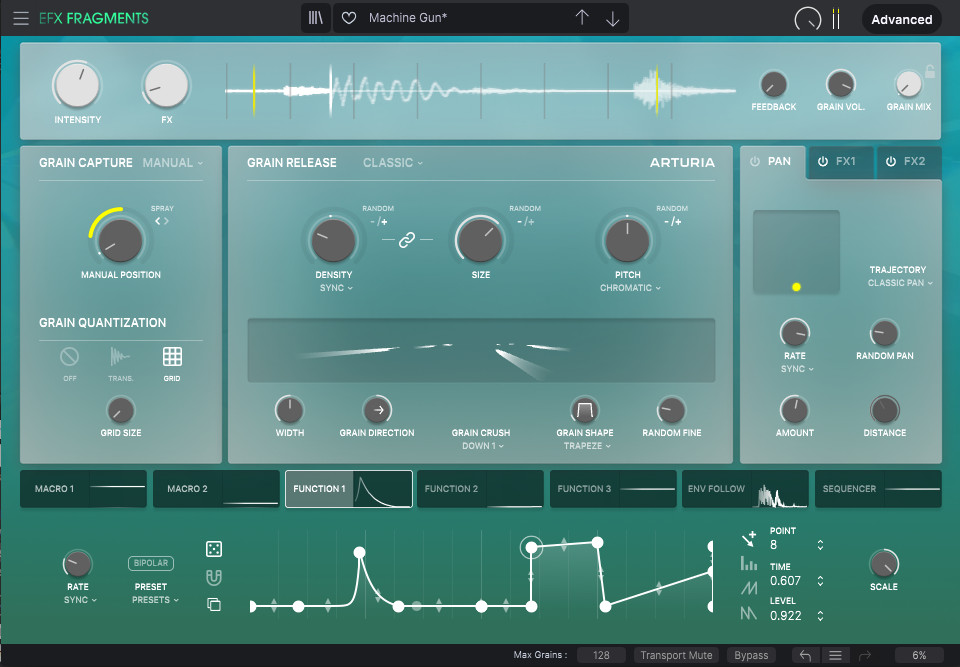
There are a lot of grain synths, samplers, and processors out today, but the most versatile one I’ve come across in recent years is Fragments, and this is not only due to its sound but the amount of control they offer.
Here are some of the features that make it sound out, in my opinion.
Grain Capture: Controls how grains are extracted from the buffer. This is broken down into 3 sections Offet, Speed, Grain Quantization, and Manual Scan.
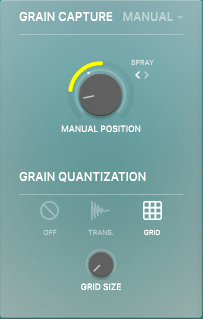
- Offset: Controls how the play acts within the buffer. You have the of adjusting the sync by ms, triplets, and dotted values.
- Speed: Allows you to control the play head moving within the buffer.
- Manual Scan: Here, you can set the play head exactly where you want it manually.
Grain Quantization: This section is split into two modes, grid, and transient.
- Grid: Splits the buffer into 8, 16 or 32
- Transient: Here, you have the ability to set the sensitivity of the transient detector. The buffer will identify transients within the audio/sample, etc.
Grain Release: Controls how grains are altered and played back. This section, like ‘Grain Capture’ is also broken down into 3 sections; Texture, Rhythmic and Classic.

Classic: Gives you control over the density of grains
Texture: Allows you to control how many grain layers are played together
Rhythmic: Controls sync rate, which has a range from 1/1 to 1/256, and also unlocks a rhythmic step sequencer.
Freeze: This allows you to isolate a specific section of your source for g processing while still allowing you to play your synth, drum loop, or sound of choice on top of the processed grain.
I also love that the pitching of the grains is scale specific. Locking the grains to a scale keeps things sounding musical!
Tips For Using Fragments
Using granular synthesis during downtime (experimenting) or sound design sessions is a common practice for me. My process involves working with it in Arturia’s Fragments.
Record long sessions in real time of the many different results I get from using Fragments to process; vocals, foley, drum loops, and random sounds from sample packs.
If you’re looking to replicate this process, use these simple steps.
- Load Fragments onto the track you wish to process (MIDI or Audio) and route that track to another channel for recording.
- If you’re using an audio file, loop it for your desired time. If you’re using MIDI, stretch out a note you wish to trigger your source with. Depending on the source you’re triggering with MIDI, you may need to create a loop, so the sound repeats for the duration of the depressed note.
- Hit record and experiment with different sound sources and grain processing parameters.
- From here, I sift through the recording. Sometimes they are 30 min+ in length and then export ( into separate waves) what I consider usable elements from the session.
These exported wave files are then named and organized for later use.
More Tips For Using FRAGMENTS
- Experiment with both ‘grain sizes and spray.’ They can yield some amazing results.
- Don’t overlook the pitching feature. Remember, it works in 5ths and locks in scales. This results in more musical sounding pitch shifts.
- Load multiple instances of the plugin on the same channel. This gives you the ability to double down on the processing of the grains.
- Don’t be afraid to use 3rd party processing and modulation tools outside of those that come laced within Fragments. Hint: Tape Mello, can be very rewarding in this scenario.
- Try using Fragments on drum and percussion loops to help add a little flair and uniqueness to your beats and overall production.
- Reverse and filter loops or audio phrases, then process them and see what you come up with
There are so many possibilities and room for experimentation.
Conclusion
If you’re into creative fx and pushing the envelope in your music production, definitely check out Fragments and give granular processing (synthesis) a try.

